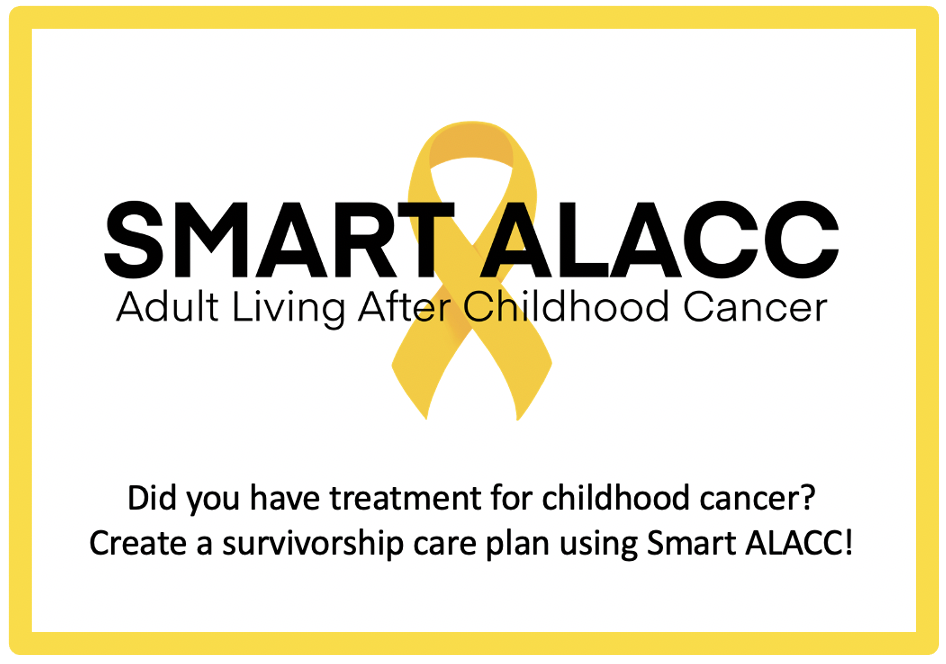Surgical Procedures: Gastrectomy
Table of Contents
What is a gastrectomy?
A gastrectomy is a surgical procedure that is done to remove all or part of the stomach. The stomach is a J-shaped organ that processes nutrients and digestion. After you eat, the food is partially digested by the stomach and then passed into the intestines. There, it continues to be processed. Having a gastrectomy will change the way your body digests food since some or all of your stomach will be removed.
A gastrectomy may be used to treat:
- Stomach (Gastric) cancer.
- Esophageal cancer.
- Noncancerous tumors.
- Bleeding ulcers.
- Inflammation.
- Stomach wall perforation (hole in the stomach wall).
- Polyps and/or severe peptic or duodenal ulcers.
- Severe and life-threatening obesity.
There are many types of gastrectomy, including:
- Partial gastrectomy (Subtotal gastrectomy): Part of the stomach is removed (often the lower part). In some cases, lymph nodes and other organs and tissues may be removed.
- Total gastrectomy: The whole stomach is removed. Lymph nodes and other organs may be removed. During this procedure, the small intestine is connected to the remaining part of the esophagus.
- Sleeve gastrectomy: The left part of the stomach is removed, often during weight loss surgery.
- Esophagogastrectomy: The upper part of the stomach and some of the esophagus is removed.
Other types of surgery may be needed along with a gastrectomy. Your healthcare provider will talk to you about your specific plan of care.
How is a gastrectomy done?
There are different ways that a gastrectomy can be done. These are:
- Open procedure: A large incision (cut) will be made through the abdominal (belly) wall. The incision will be closed with staples or sutures.
- Laparoscopic procedure: Small incisions (cuts) are made and laparoscopic surgical tools are put into these small openings.
What are the risks of a gastrectomy?
Risks and side effects related to having a gastrectomy are:
- Infection at the incision and/or inside the body.
- Bleeding.
- Reaction to anesthesia (medication you are given to help you sleep through the surgery, not remember it, and to manage pain). Reactions can include wheezing, rash, swelling, and low blood pressure.
- Bowel obstruction (a blockage in the bowel that can limit digestion or the removal of bowel movements).
- Incisional hernia (when tissue in the belly pushes through the muscle. It can look like a lump and can be painful or tender when touched).
- Blood clots.
- Nearby organ damage.
- Acid reflux, diarrhea, nausea, and/or vomiting.
- Stricture (narrowing) from a buildup of scar tissue.
- Dumping syndrome (the movement of food into your small bowel that happens quicker than it should).
- Low levels of vitamins in your body, which can lead to anemia, weakened immune function, brittle bones, and/or muscle weakness.
- Weight loss.
What is recovery like?
Recovery from a gastrectomy will depend on the extent of the procedure you had. Most often, a 6-12 day hospital stay is needed. You may have a nasogastric tube (NG tube) from your nose down into your stomach/intestine to drain stomach contents. You may need nutrients given through an intravenous (IV) line or a feeding tube. For a short time, you may need a bladder catheter to drain your urine. Your healthcare team will remove the tubes and change your diet as you recover.
You will be told how to care for your surgical incisions and will be given any other instructions before leaving the hospital.
Your medical team will talk with you about the medications you will be taking, like those for pain, blood clot, infection, reflux and constipation prevention, vitamin supplementation, and/or other conditions.
Your provider will talk to you about activity restrictions and changes to your diet based on your surgery and your needs.
What will I need at home?
- Thermometer to check for fever, which can be a sign of infection.
- Loose fitting clothes.
- Incisional care items, often given to you by the hospital/provider office.
Call your healthcare team if you have:
- Symptoms of infection such as fever, chills, redness, swelling, pain, discharge, or bleeding from the incision.
- Diarrhea and/or nausea/vomiting that won't go away.
- Any new or worsening pain.
- Foot, calf, or leg pain or swelling.
- Changes in your urine such as blood or urgency.
- Coughing, shortness of breath, or chest pain.
How can I care for myself?
You may need a family member or friend to help you with your daily tasks until you are feeling better. It may take some time before your team tells you that it is ok to go back to your normal activity.
Be sure to take your prescribed medications as directed to prevent pain, infection and/or constipation. Call your team with any new or worsening symptoms.
There are ways to manage constipation after your surgery. You can change your diet, drink more fluids, and take over-the-counter medications. Talk with your care team before taking any medications for constipation.
Taking deep breaths and resting can help manage pain, keep your lungs healthy after anesthesia, and promote good drainage of lymphatic fluid. Try to do deep breathing and relaxation exercises a few times a day in the first week, or when you notice you are extra tense.
- Example of a relaxation exercise: While sitting, close your eyes and take 5-10 slow deep breaths. Relax your muscles. Slowly roll your head and shoulders.
This article contains general information. Please be sure to talk to your care team about your specific plan and recovery.
